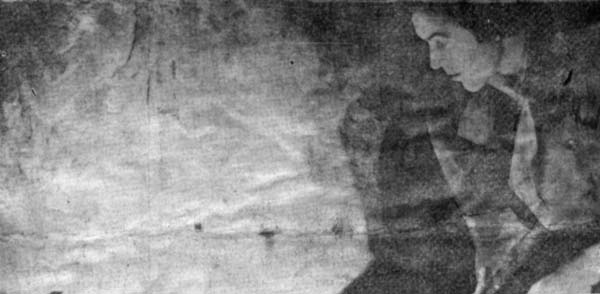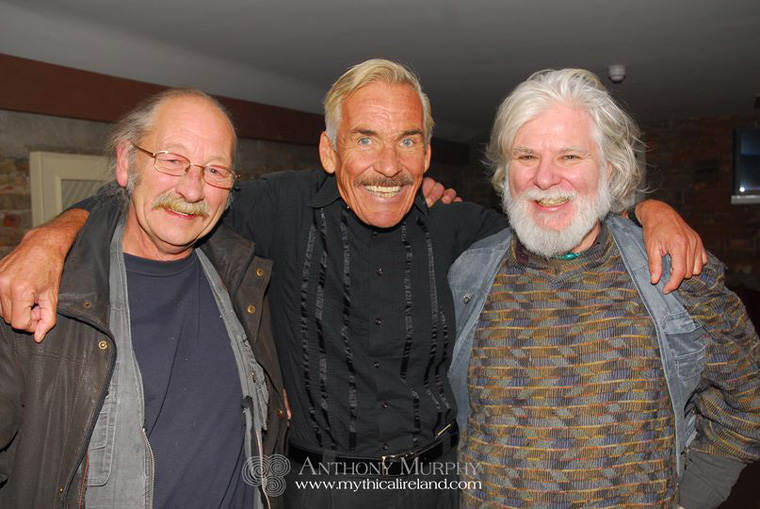Stone Age find claimed

A shaft of sunlight beams into the Dowth chamber at 3.00 p.m. yesterday, revealing the engravings which researcher Martin Brennan claims were the basis of a sophisticated sundial used 5,000 years ago.
An article by Ken Ryan printed in the Sunday Independent 21 December 1980
An astonishing archaeological find at Dowth, Co. Meath site was claimed last night. A New York researcher claims to have discovered a Stone Age sun dial there. But the archaeological profession will not accept the find until he sets down proof.
Mr. Martin Brennan and his English born co-researcher, Mr. Jack Roberts claim their discovery "puts Stonehenge in the ha'penny place" and pre-dates all other scientific time measurements.
A leading archaeologist, Prof. Michael Herity for UCD, while agreeing that the find is "of world shattering significance, if true," said last night that Mr. Brennan's case had been "asserted but not proved."
Mr. Brennan says he can and will produce proof. The dial is a highly sophisticated affair, based on the once-a-year shining of the sun onto calibrated stones in a chamber.
A trained researcher in Neolithic engravings, Mr. Brennan claims to have cracked the code that the calendar markers of 5,000 years ago used in the chamber.
The New Yorker believes that the dial, allowed the Stone Age operators to measure time by the sunrise and sunset at the Summer and winter Solstices.
Today, December 21, is the winter Solstice and the sunbeams will reveal their secrets, he claims.
His photographer has captured each step in the seven-day cycle that produced an astronomically-aligned calendar in 3,500 B.C., "and still does today," he said.
"What I cannot understand," said Mr. Brennan, a 38-year-old graduate of a New York university," is that everybody missed the obvious and the dial has remained a mystery for some 3,000 years or more."
His partner Mr. Roberts, believes that the dial was the power-base of the ancient mystics or Druids, who controlled society with it. "They ritualised it and kept it to themselves and it died with the end of their era," he said.
The commonly held belief among archaeologists is that the chamber was a burial chamber and that the engraving were symbols of some related to those buried there. But Mr. Brennan says bones found there are mainly of animals and relate to the period around 2000 B.C. The dial predates this, he asserts.
 The Stonelight team - Jack Roberts (left), Martin Brennan (centre) and Toby Hall (right). Photo by Anthony Murphy at the 'Boyne Valley Revision' conference at the Newgrange Lodge in December 2009.
The Stonelight team - Jack Roberts (left), Martin Brennan (centre) and Toby Hall (right). Photo by Anthony Murphy at the 'Boyne Valley Revision' conference at the Newgrange Lodge in December 2009.
Boyne Valley Private Day Tour
 Immerse yourself in the rich heritage and culture of the Boyne Valley with our full-day private tours.
Visit Newgrange World Heritage site, explore the Hill of Slane, where Saint Patrick famously lit the Paschal fire.
Discover the Hill of Tara, the ancient seat of power for the High Kings of Ireland.
Book Now
Immerse yourself in the rich heritage and culture of the Boyne Valley with our full-day private tours.
Visit Newgrange World Heritage site, explore the Hill of Slane, where Saint Patrick famously lit the Paschal fire.
Discover the Hill of Tara, the ancient seat of power for the High Kings of Ireland.
Book Now
Home
| Visitor Centre
| Tours
| Winter Solstice
| Solstice Lottery
| Images
| Local Area
| News
| Knowth
| Dowth
| Articles
| Art
| Books
| Directions
| Accommodation
| Contact

